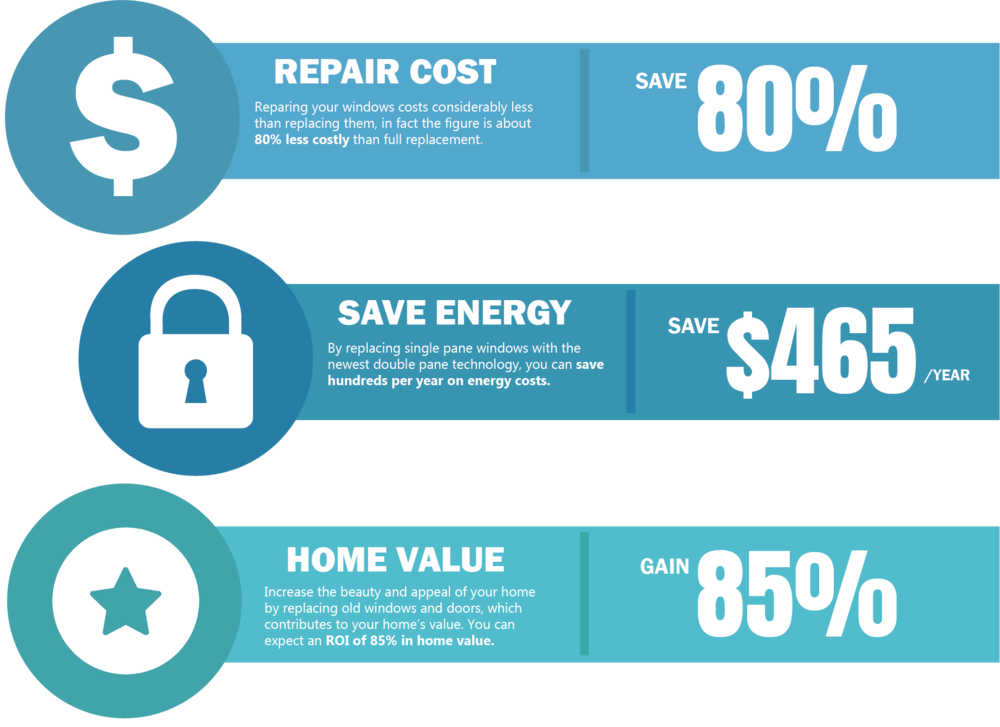The Most Reliable Stress Cleaning Practices For Every Surface Area Classification
The Most Reliable Stress Cleaning Practices For Every Surface Area Classification
Blog Article
Authored By-Viborg Nixon
When it comes to push cleaning, the method you select can make all the distinction in achieving a clean, streak-free finish. You may find that hard surfaces, like concrete, call for a various technique than softer materials, such as wood or vinyl. It's important to adapt your techniques to the surface area type to avoid damage while making best use of cleansing effectiveness. So, what are the very best strategies for each surface, and how can you guarantee you're using the best settings and tools for the job? Let's discover what you need to know to obtain the very best results.
Hard Surfaces
When it involves press washing hard surface areas, prep work is essential. Before you even think of taking out the stress washer, put in the time to remove the area of any type of debris, furniture, or challenges. You don't desire anything entering your method or possibly harmful your devices.
Next off, inspect the surface for any fractures or damages; this will certainly assist you identify the ideal method and stress setups.
When you have actually prepared the area, it's important to select the best nozzle. For difficult surfaces like concrete or brick, a slim nozzle (15 or 25 levels) functions best to offer a focused stream of water that can efficiently remove grime and stains. Constantly start at a distance and slowly relocate closer to avoid any kind of surface damage.
As you start washing, maintain the stick relocating to stop touches and over-saturation. It's also useful to function from the top down, allowing dust and particles to wash away normally.
Finally, remember to rinse the surface extensively after cleaning to get rid of any leftover cleaning agent. With these strategies, you'll attain a tidy and rejuvenated appearance on all your hard surface areas.
Soft Surfaces
Stress washing soft surfaces needs a gentler strategy to protect them from damages. Whether you're cleaning your deck, patio area furniture, or siding, making use of too much pressure can cause damages, scrapes, or perhaps irreparable injury.
Beginning by picking https://www.leicestermercury.co.uk/news/leicester-news/mrs-hinch-fans-share-top-6460208 -pressure nozzle, preferably a 25-degree or larger spray pattern, to spread the water extra carefully.
Prior to you begin, it's essential to pre-treat any type of spots with a suitable cleaning solution. read full article allows the cleaner to pass through the dirt and grime, making it simpler to wash away without rubbing as well hard.
Always apply the remedy from the bottom as much as protect against spotting.
When you start stress washing, preserve a distance of at least 12 to 18 inches from the surface. Relocate your stick in a sweeping movement, keeping it parallel to the surface to stay clear of concentrated stress on one place.
https://reidksyfl.blogsvila.com/32666027/seasonal-pressure-laundering-the-optimum-times-and-factors-for-outside-cleaning after cleansing to remove any type of recurring cleanser.
Last but not least, inspect the surface for any type of missed out on spots and repeat the procedure if needed. By complying with these steps, you can effectively clean soft surface areas while preserving their integrity and appearance.
Specialty Surfaces
Cleansing soft surface areas requires care, yet specialized surface areas demand a lot more attention to detail. When you take on these surface areas, like delicate wood, tarnished concrete, or particular types of siding, making use of the best stress washing strategies is vital to avoid damage.
Initially, analyze the material. For example, dealt with timber can frequently hold up against moderate stress, yet softer timbers like cedar might need a reduced setup. Always begin with the lowest stress and gradually increase if required.
For discolored concrete, utilize a follower spray nozzle and maintain a constant distance to avoid etching the surface.
When taking care of surfaces like vinyl house siding or repainted surfaces, a large spray pattern assists distribute the pressure equally, protecting the surface.
It's also a good idea to make use of detergents particularly made for specialty surface areas. They can boost cleansing without compromising the product.
Rinse thoroughly after washing to eliminate any type of deposit, as it can bring about staining or damage gradually.
Conclusion
To conclude, mastering pressure washing techniques for various surface areas can make all the distinction in your cleaning outcomes. For tough surfaces, adhere to narrow nozzles and a top-to-bottom approach, while soft surfaces require a gentler touch with broader nozzles. Do not neglect to pre-treat stains and wash completely to stay clear of residue. By adapting your methods per product, you'll not only attain a cleaner coating yet also safeguard the stability of your surfaces. Happy cleaning!
